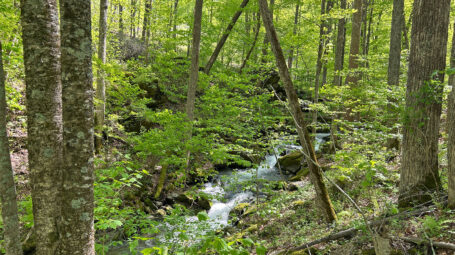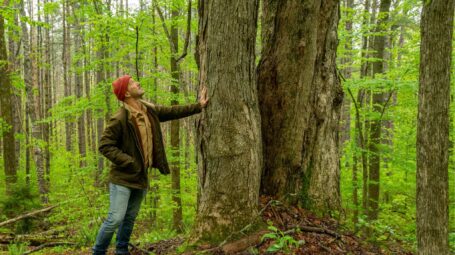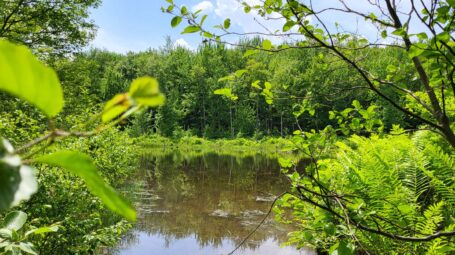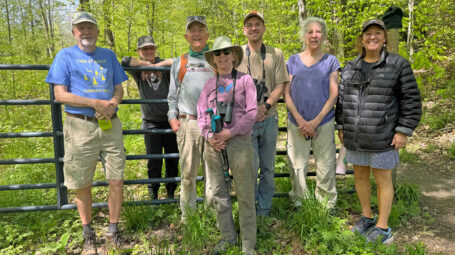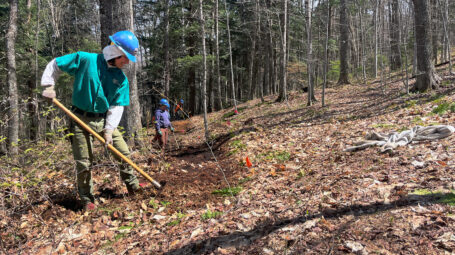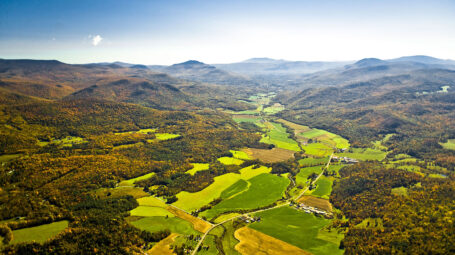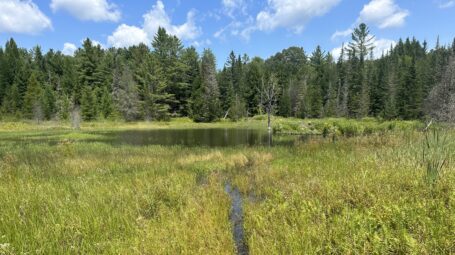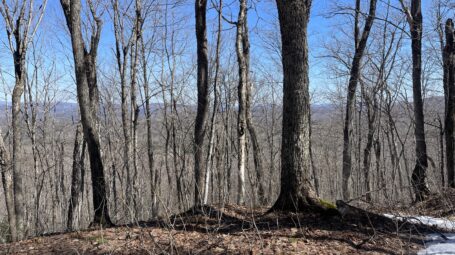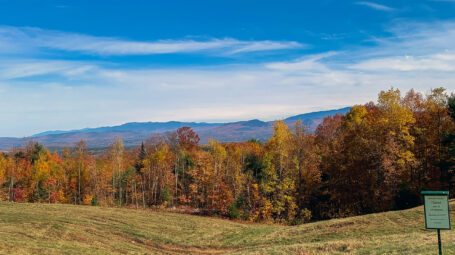Protected northern Vermont forest with headwater streams will provide climate and flood mitigation, biodiversity, timber, and recreation benefits
We worked with The Nature Conservancy to conserve and sell 1,214 acres of working forest, wetlands, and headwater streams in Belvidere and Eden. Located on the west side of the northern Green Mountains, the newly protected land adds to a large block of State-owned and private unfragmented forest, some of which is conserved, that extends along the Green Mountain chain.
Its conservation ensures the land will continue to store carbon, absorb and filter water in the Lamoille River watershed, provide space for wildlife to thrive and adapt in a changing climate, and boost biodiversity in healthy forests. It will also support the local economy through timber harvests and related management efforts, and offer recreation opportunities.
The extensive, connected forests of this region provide habitat for many species of wildlife that thrive in remote, interior forest conditions. The protected parcel lies alongside the eastern edges of the Long Trail State Forest south of Belvidere Corners and includes many types of forest, including Red Spruce-Northern Hardwood Forest and Lowland Spruce Fir Forest that are considered priorities for wildlife habitat.
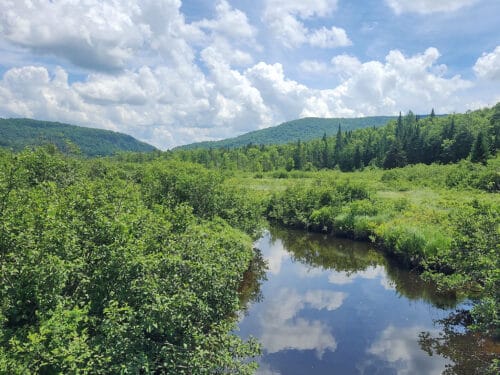
Headwaters of the Lamoille River
The mostly wooded property is rich with water resources, including a section of the North Branch of the Lamoille River, Perkins Brook, and many headwater streams. There are also extensive wetland areas, many of which have evidence of beaver activity.
One of the most significant wetlands is part of the roughly 400-acre Belvidere Bog wetland that stretches beyond the property boundaries and is home to a range of animals, birds, and aquatic creatures. The wetland areas provide excellent habitat for waterfowl, amphibians, and beaver, as well as for large animals that rely on wetland vegetation as a part of their early spring diet, such as bear and moose. The property also has a vernal pool where, over a number of spring visits, ecologists found toads, frogs, mole salamanders’ eggs, and fairy shrimp.
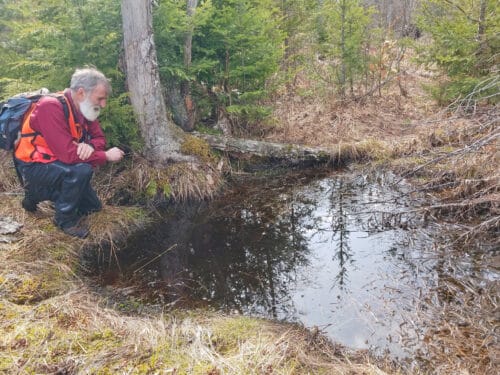
VLT forester David McMath checks out a vernal pool in spring 2021.
The area is a popular hunting and fishing spot, as well as for winter skiing and snowshoeing. Under the conservation protections, the land will remain open for dispersed, non-motorized recreation such as hunting, hiking, cross-country skiing, and nature exploration.
A partnership effort
The parcel was acquired by VLT and The Nature Conservancy in the late 1990s, when they formed the Atlas Timberlands Partnership (ATP) and bought tens of thousands of acres of undeveloped forestland from a large timber company. The conservation partnership managed the land holdings to demonstrate that biodiversity, sustainable timber management, and traditional public uses could go hand in hand, and also to finance the protection of more forestland across Vermont.
Throughout the conservation ownership, the property was managed with a focus on what is best for the land, trying to balance ecological, economic, and community values. To protect and build soils, timber harvests were conducted during winter or very dry summer months and, after timber harvests, top wood was scattered to rot in place and add nutrients to soil.
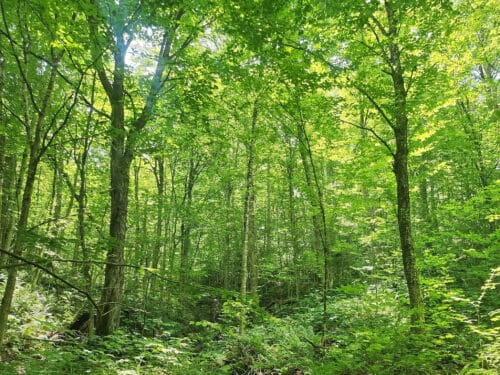
A section of younger forest with vigorous growth encouraged by ecological forest management at the parcel in the northern Green Mountains.
Forest management focused on supporting growth, improving quality, and boosting species and age diversity of trees, for instance by identifying “legacy” trees that are allowed to grow permanently and never cut down. These approaches can help prepare our forests to adapt to a changing climate.

